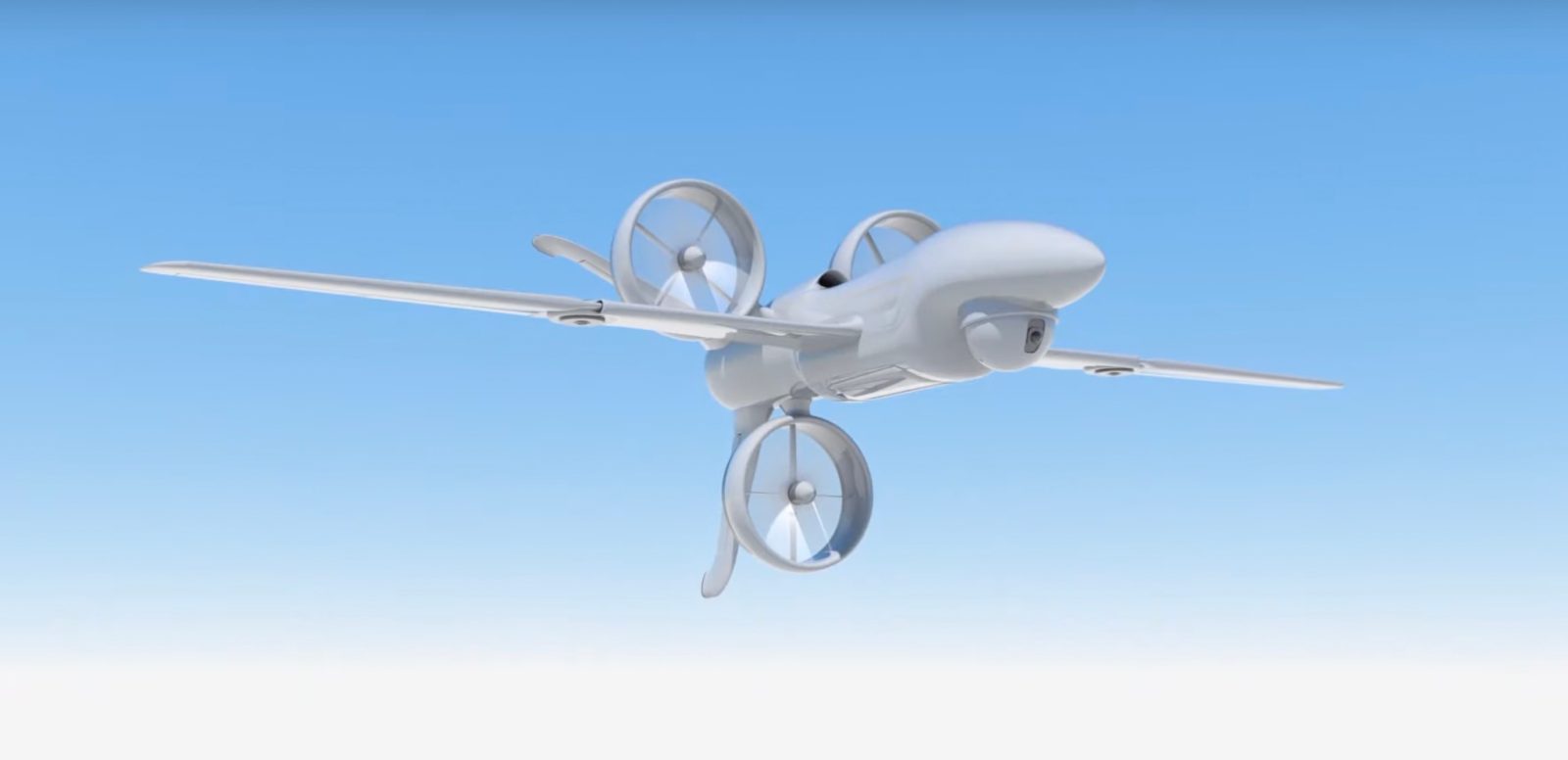
Offering additional evidence that drones now figure front and center in the minds of military planners, the Pentagon’s Defense Advanced Research Projects Agency (DARPA) is looking to produce a lightweight, long-flying, heavy-payload vertical takeoff and landing (VTOL) drone intended to multiply the both number and potential mission uses of UAVs at troops’ disposal.
DARPA, which organizes technology research and development for US military agencies, says the VTOL drone envisioned will be able to take off from and land in relatively tight spaces – like the decks of small Navy vessels or in cramped or inhospitable ground positions – without needing launch or recovery material that large military-grade UAVs do. Intended use cases include reconnaissance, surveillance, cargo transport, and intelligence and data gathering, though the design of the craft may permit it to carry munitions in the future as well.
Ever ready to exploit an opportunity to create truly complicated names for its programs, DARPA has dubbed the planned VTOL drone ANCILLARY – an inside-out acronym (sort of) of AdvaNced airCraft Infrastructure-Less Launch And RecoverY. How obvious.
Read: Forget Silly String: To battle enemy drone swarms, USAF has THOR
DARPA intends to develop the craft as a tail-sitting VTOL that lifts off using tail-fixed caged rotors, and then drive the drone in horizontal flight after it has flipped its wings 90 degrees outward. That compact design will give ANCILLARY the capacity to take off and land from areas as small as a dining room table, meaning Navy ships and ground forces with limited space available can multiply the number of drones they can carry for deployment.
ANCILLARY also indicates how military planners are not only drawing conclusions from UAV performance in conflicts like the Ukraine-Russia war for future use, but also how they’re seeking to exploit evolving tech to diversify and improve their capabilities.
DARPA will rely on sophisticated lightweight composites to construct the VTOL drone, as well as hybrid electric propulsion systems driven by high-density batteries to enable both higher payload yields and longer distance flights.
“ANCILLARY plans to use a multi-disciplinary approach that will bring together developments in advanced control theory, aerodynamic modelling, and advanced propulsion to solve a combination of challenging design objectives,” said Steve Komadina, the ANCILLARY program manager.
Read: DoD’s DARPA studies tech to recharge drones while in flight
The aim of all that Komadina adds, is to put a greater number of relatively low-cost, easily deployed, and powerful drones at troop disposal for a wider variety of missions, enabling “the warfighter to deploy and retrieve such systems in challenging conditions without reliance on infrastructure would minimize personnel, costs, and vulnerability during sensitive operations.”
FTC: We use income earning auto affiliate links. More.


Comments